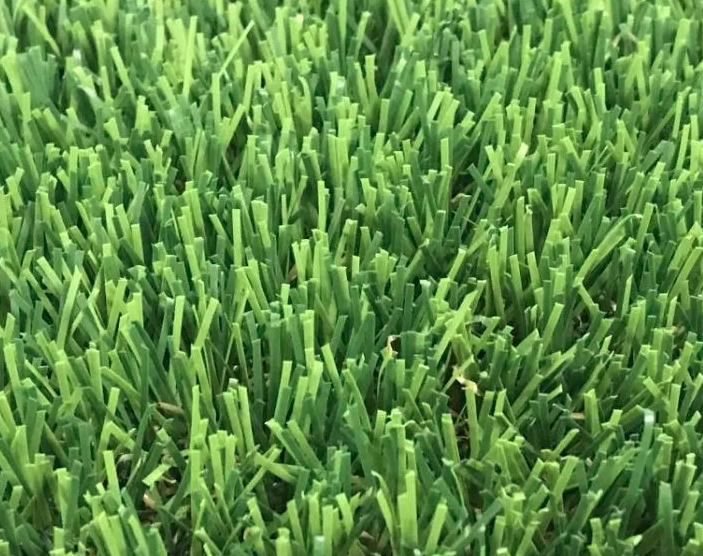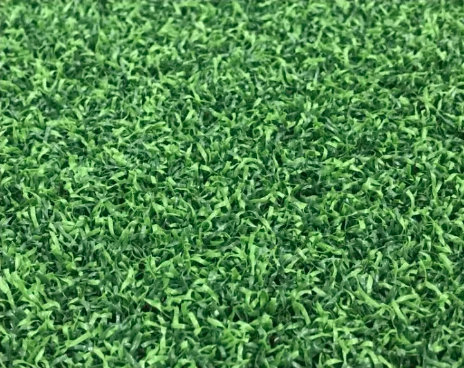In recent years, the quality of sports surfaces has become an important factor in ensuring a safe and enjoyable sports experience. Designed for a variety of sporting activities, sports turf has made significant advances in technology and materials. This article will explore the latest innovations in sports turf, focusing on their benefits and impact on sports performance.
Enhanced security: The first priority at any sporting event is athlete safety. Traditional natural grass often becomes uneven, causing unpredictable bounces and injuries. However, sports turf has revolutionized safety standards for sports.Sports turf uses synthetic materials such as artificial grass or hybrid systems to provide a consistent level playing field. This minimizes the risk of injury caused by uneven surfaces and reduces the impact on athletes, ensuring a safer environment for professional and amateur athletes alike.
Durability and maintenance: Maintaining natural grasslands requires a lot of energy, time and financial resources. Sports turf, on the other hand, offers excellent durability and requires minimal maintenance. With proper installation and regular maintenance, artificial turf can withstand vigorous use and weather conditions. It eliminates the need for mowing, watering and chemical treatments, resulting in significant cost savings. This durability ensures consistent quality and allows for more frequent use, making it a viable option for multi-purpose sports facilities.
Performance and playability: Sports turf technology continues to evolve to meet the needs of different sports, taking into account factors such as ball roll, traction and player comfort. Constructed with advanced synthetic fibers, fill materials and drainage systems to optimize performance and playability. For example, using sand or rubber padding can increase shock absorption, reduce player fatigue, and improve traction. These improvements in sports turf technology enable athletes to perform at their best, ensuring fair play and a superior playing experience.
Weather resistance: Extreme weather conditions can have a significant impact on sporting events. During heavy rains, natural grass fields often become too muddy to play on, leading to cancellations or rescheduling. With the advancement of sports turf, playing surfaces are designed to drain water quickly and efficiently, ensuring play can be played even in adverse weather conditions. This weather resistance factor makes sports turf the first choice for outdoor sports venues, reducing disruption caused by inclement weather.
Environmental sustainability: In response to growing environmental concerns, the sports turf industry has made significant efforts to develop sustainable solutions. Many sports turf systems are now designed to be environmentally friendly, utilizing recycled materials and minimizing water consumption. Artificial grass eliminates the need for harmful pesticides and fertilizers, promoting a healthier ecosystem. Additionally, reduced water usage helps conserve water, making sports turf a more sustainable option for sports facilities.
in conclusion:
Sports turf technology is changing the sports landscape by providing enhanced safety, durability, performance and environmental sustainability. Sports turf has become an integral part of modern sports facilities due to its ability to withstand heavy use, provide a predictable playing surface and resist harsh weather conditions. As technology continues to develop, the future of sports turf is expected to make even greater strides, ensuring a perfect playing surface for athletes around the world.
Post time: Oct-20-2023


